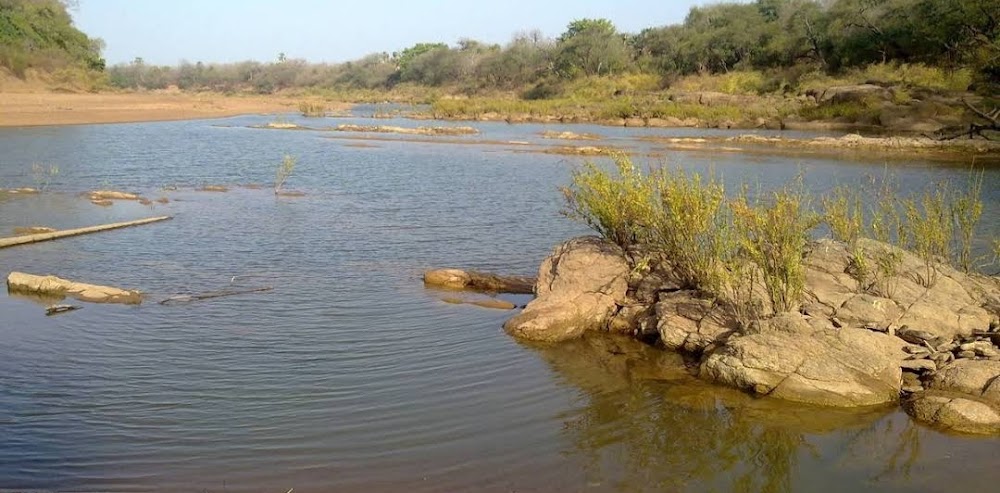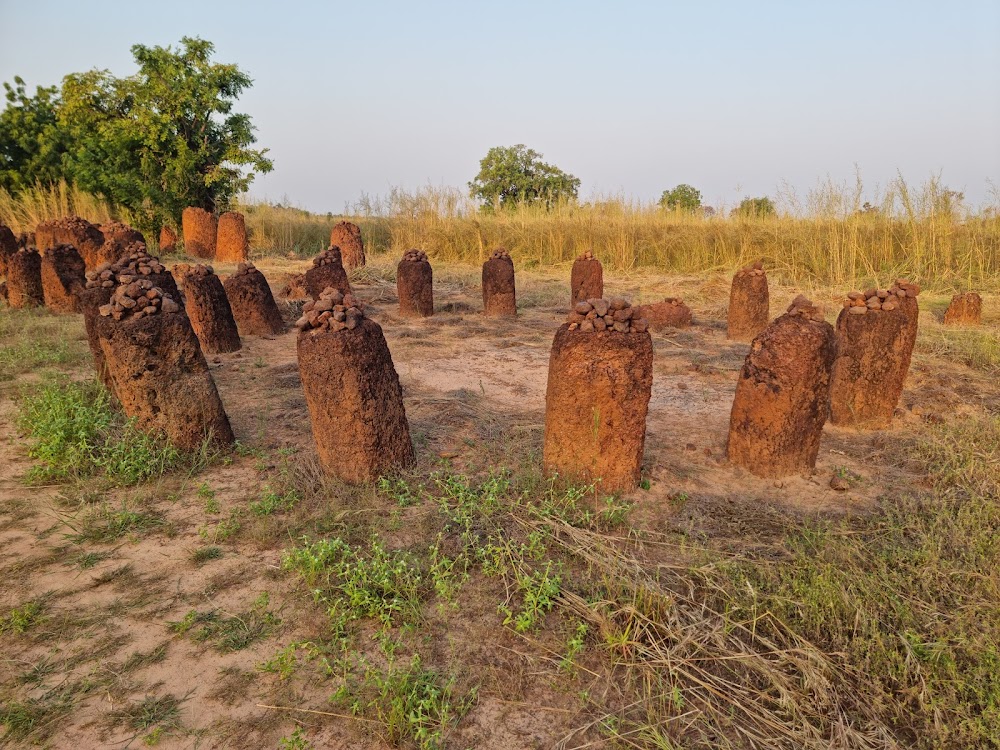Niokolo-Koba National Park (Parc National du Niokolo-Koba)
Overview
Overview of Niokolo-Koba National Park
Nestled in the Tambacounda Region of Senegal, Niokolo-Koba National Park is a vibrant testament to the country's commitment to wildlife and nature conservation. Established in 1954, this expansive sanctuary spans approximately 9,130 square kilometers and is recognized as a UNESCO World Heritage Site due to its rich biodiversity and ecological significance.
Conservation Efforts and Ecosystems
The creation of Niokolo-Koba was driven by the urgent need to protect the diverse ecosystems and endangered species native to the region. Early conservation initiatives involved designating vast tracts of land to shield these delicate habitats from human activities, such as hunting, farming, and deforestation. The park encompasses a variety of landscapes—including savannahs, forests, wetlands, and mountains—each contributing to its ecological richness.
Diverse Flora and Fauna
Within its lush confines, Niokolo-Koba nurtures an astonishing array of flora and fauna. The park is home to over 1,500 plant species, which form the foundation of its complex ecosystems. Towering trees, dense bushes, and vibrant riverine forests create habitats for an impressive variety of wildlife. Among its most notable residents are the critically endangered West African lions, along with elephants, leopards, chimpanzees, and buffalo. Antelope species such as the Derby Eland and waterbuck also roam freely, while the park's rivers and wetlands provide a haven for hippos and crocodiles.
A Birdwatcher’s Paradise
Bird enthusiasts flock to Niokolo-Koba, which boasts over 330 bird species. Visitors can catch glimpses of vibrant flocks of guinea fowl, hornbills, and African fish eagles throughout the park. This avian diversity makes Niokolo-Koba a must-visit destination for bird watching and ecological research, offering a unique opportunity to observe some of Africa's most beautiful birds in their natural habitat.
The Role of the Gambia River
The Gambia River, a major waterway flowing through the park, plays a crucial role in sustaining its ecosystems. Conservation efforts focus on preserving the river by regulating activities that could pollute or disrupt its natural flow. Seasonal flooding from the river rejuvenates the floodplains, creating essential breeding grounds for numerous aquatic and terrestrial species.
Conservation Strategies and Community Involvement
Management and conservation strategies are vital for maintaining the ecological balance within Niokolo-Koba. Park rangers patrol the area to protect it from illegal hunting and logging, while anti-poaching initiatives have been enhanced through modern technology, such as drones and tracking collars for key species. Community involvement is central to the park's conservation success; outreach programs educate local residents about biodiversity and the importance of preserving their natural heritage, fostering a sense of ownership and collaboration.
Tourism and Research
Tourism plays a crucial role in supporting the park’s conservation efforts. Guided safaris and eco-tours offer visitors the chance to experience Niokolo-Koba's stunning landscapes and diverse wildlife. Carefully managed tourist facilities, including lodges and campsites, ensure minimal environmental impact while providing comfortable accommodations for guests. Furthermore, the park serves as a vital research hub, attracting scientists and students worldwide. Studies conducted here enhance our understanding of West African ecosystems and inform global conservation practices.
Challenges and Future Initiatives
Despite its efforts, Niokolo-Koba faces challenges such as climate change, human-wildlife conflicts, and limited funding for conservation activities. Ongoing projects aim to address these issues through sustainable practices, international collaboration, and innovative conservation technologies.
Conclusion
In summary, Niokolo-Koba National Park is a true gem of the Tambacounda Region in Senegal, showcasing the harmonious coexistence of nature and human dedication to conservation. Its establishment and ongoing preservation efforts illustrate the profound importance of protecting our planet’s biodiversity for future generations. A visit to this remarkable park offers not just the chance to witness its stunning beauty, but also to be part of a greater mission to safeguard our natural world.






